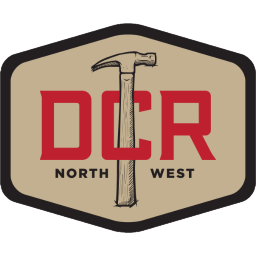Maximize Home Value with Attached vs. Detached Additions: Redmond Home Addition Builder Guide
Thinking about a home addition in Redmond? This guide covers everything homeowners need to know—from choosing between attached vs. detached additions to permitting, budgeting, and designing for maximum ROI—so your project adds real value, not just extra square footage.
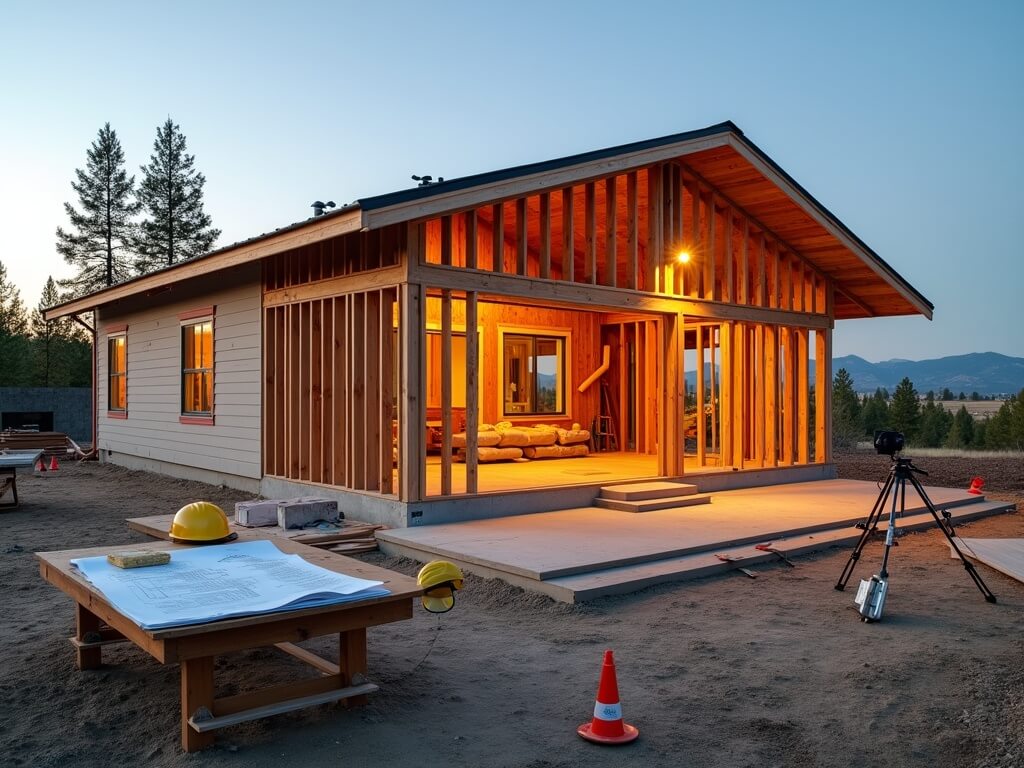
Thinking about adding a bedroom, guest suite, or even a separate unit behind the house?
You’re not alone.
As a home addition builder working with homeowners all over Redmond, Oregon and nearby areas like Sisters and NW Crossing, I hear the same questions come up again and again:
- Do I go attached or detached?
- Will this actually raise my home value?
- How much is this really going to cost?
Here’s the thing: adding onto your home is one of the most rewarding—and complicated—projects you can take on as a homeowner. The potential upside is enormous, but the devil always hides in the details.
Let’s dive into what you absolutely need to know.

The Truth About Home Addition Builders in Redmond, OR
Let’s start with the role of the right home addition builder. They’re way more than just a contractor swinging a hammer.
A skilled builder in Redmond does three core things:
- Helps homeowners design smart, functional spaces that actually meet your needs.
- Navigates regional codes, HOA quirks, and permit chaos—because Redmond isn’t Portland, and there are different rules every few blocks.
- Manages everything from material selection to final inspections so your $150k build doesn’t turn into a six-month nightmare.
Big mistake: I can’t count the number of times someone came to us mid-project because their first builder didn’t know local zoning or skipped the permit process on what should’ve been an above-board ADU.
What Kind of Additions Are People Building Today?
Right now, we see a lot of demand for:
- Master suite additions with spa-style bathrooms
- Garage conversions and expansions
- Full guest suites for aging parents (multi-gen homes are growing fast)
- Detached ADUs for rental income or Airbnb (https://www.dcrnorthwest.com/service/adu-additions)
- Office + flex spaces (remote work isn’t going away)
In Redmond especially, outdoor living builds like garden rooms and covered patios are also exploding. Why? Because people want every square foot of their property working for them.
How the Process Really Works (And Where People Get Lost)
Here’s what the journey typically looks like:
- Clarify the goal before dreaming up designs.
(Need more space? More income? Planning for aging in place?) - Feasibility and scope review with a builder familiar with Redmond’s rules.
- Design + budget alignment: Pick materials, layout, and systems.
- Permit submission and approvals (don’t start without this—seriously).
- Build, inspect, adjust, and complete.
One tip I always give clients upfront: know your “why” before your “how.” A family looking to build an ADU to house their son while he’s in school has a very different project than someone looking to retire in place with a luxury suite.
Quick takeaway: A local, design-savvy builder doesn’t just build—they help you make smarter decisions at every step.
Attached vs. Detached Additions: Which One Makes Sense for You?
You’ve got the space, the funds, and a few Pinterest boards. Great. Now you have to decide: attached or detached?
Each comes with its own psychology, price tag, and architectural impact.
Attached Additions: Why They’re the Go-To for Many Redmond Homeowners
When most people think of a home addition, it’s attached to their current layout. More square footage, more comfort.
An attached addition connects to the existing structure—could be a:
- Master suite
- Kitchen bump-out
- Sunroom
- Enclosed patio
These additions are ideal if you want seamless integration and easy everyday use.
Why They Work:
- Tap into current plumbing, HVAC, and power
- Walking from your bedroom to your new bath? Zero commute.
- Usually recognized by appraisers as part of total square footage
- High upsell potential for resale when done well
But: they’re not always cheaper.
The downside?
- Tying into your existing foundation and wiring can trigger unexpected upgrades
- Inspections are tighter if you’re altering load-bearing walls
- It will very likely disrupt your regular routine during construction
True story: I once led a project in NW Crossing where opening up a kitchen wall for a breakfast nook accidentally revealed undersized joists from a ‘90s-era renovation. We had to update not just the addition, but the original framing to meet today’s code. The homeowner was glad we caught it, but wow—it threw off the finish timeline by weeks.
Detached Additions: Freedom At a Price
Detached additions are standalone structures on your lot. Think:
- Guest houses
- Detached garages with lofts
- Backyard studios or garden rooms
- Full ADUs (https://www.dcrnorthwest.com/service/adu-additions)
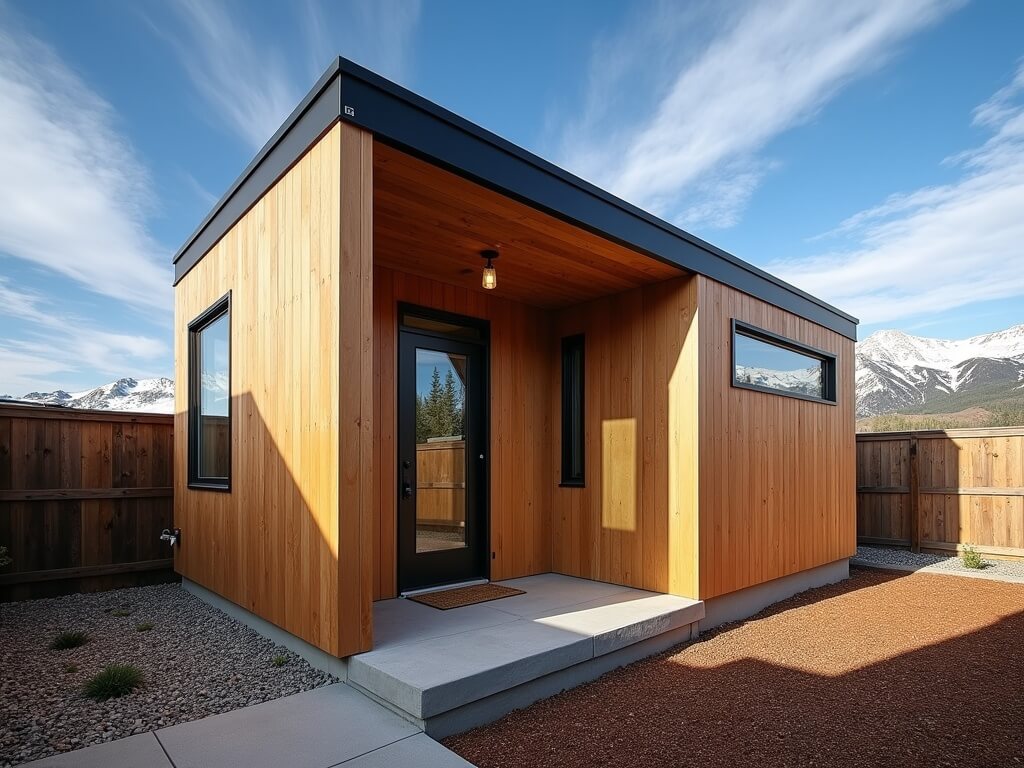
In Redmond, these are gaining steam because they offer serious privacy and rental potential.
Why Homeowners Love Them:
- Perfect for guests, aging family members, or income-generating rentals
- You have full design freedom—it doesn't need to match the main house exactly
- Zoning in many areas now favors ADUs to ease housing demand
- Can use as a home office, hobby space, or even a small business hub
But here’s the catch:
- You’ll need a legit foundation, separate utility hookups, and more involved permitting
- Redmond city zoning has specific setback requirements for detached units
- ADUs sometimes aren’t counted in total living space by appraisers
That said, if you’re building for rental income, the higher upfront cost can still pay off big over time. Some clients are pulling in $1,300–$1,800/month in Redmond for well-appointed, permitted ADUs.
Takeaway: Attached additions are easier day-to-day. Detached additions offer freedom and privacy—but require more red tape and cost.
Costs: Where the Real Numbers Start to Add Up
If you’re still on the fence, consider this simple breakdown:
Attached additions (master suites, room expansions):
- Average cost in Redmond: $200–$350/sq ft
- Budget killers? Foundation work, HVAC expansion, and roof tie-ins
Detached structures (ADUs, guest houses):
- Average cost: $275–$425/sq ft
- Requires standalone framing, utilities, and often more inspections
The biggest chunk of the budget usually goes to:
- Site prep and excavation
- Professional fees (engineering, architecture, permits)
- Utility trenching if detached
- Finish materials (tile, counters, flooring—we all have champagne taste)
Key Takeaway: Attached builds may be cheaper to start, but it depends on complexity. Detached units are pricier, yet give breathing room or income over time.
Permits and Paper Cuts: What You Need to Know in Redmond, OR
Most frustration during renovations stems from permitting—especially when the project crosses into plumbing, electrical, or structural work.
If you’re building in Redmond city limits, here’s what to expect:
- Permit timelines: 2–6 weeks depending on scope
- ADU and DADU builds not only need building permits, but often land use reviews
- Setbacks, height restrictions, and utility easements can block your original plan
- HOA neighborhoods (like parts of NW Crossing) may have additional rules on aesthetics or use
We’ve built everything from modest kitchen expansions to custom two-story DADUs. The fastest projects are the ones where homeowners let us handle the permitting from day one.
Next section, we’re going to break down how to tell if your dream addition will actually boost your home’s value—or just bust your budget…
Explore more about full home renovations and how to integrate your addition into a whole-home plan.
Will Your Addition Actually Raise Home Value—Or Just Raise Your Stress?
Here’s where a lot of homeowners take a wrong turn:
They think any addition = automatic value boost.
Hard truth? Not all square footage is created equal.
If you’re adding space that doesn’t improve functionality, match buyer needs, or meet appraiser standards, you might be throwing tens of thousands down the drain.
Let’s protect your investment.
Here’s how to know you’re building something that actually matters in Redmond’s market.
Proven Additions That Pay Off in Central Oregon
Based on what we’re seeing in Redmond, Sisters, and NW Crossing right now, the biggest ROI comes from:
- A new primary suite with ensuite bathroom (especially with dual vanities + walk-in shower)
- Well-designed ADUs for long-term rental or short-term guests
- Kitchen expansions that open up the flow and upgrade storage
- Adding a second full bathroom (key for families or multigenerational living)
- Garden rooms or covered patios that feel like real living extensions
Appraisers aren’t just calculating square feet—they’re looking at function, flow, and how well that new space fits the home’s core footprint.
One client in NW Crossing added a 400-square-foot guest cottage behind their craftsman home. They nailed the aesthetic tie-in, added solar panels, and positioned it for short-term stays. The city-approved DADU just about paid for itself within two years thanks to Airbnb bookings—with very little marketing.
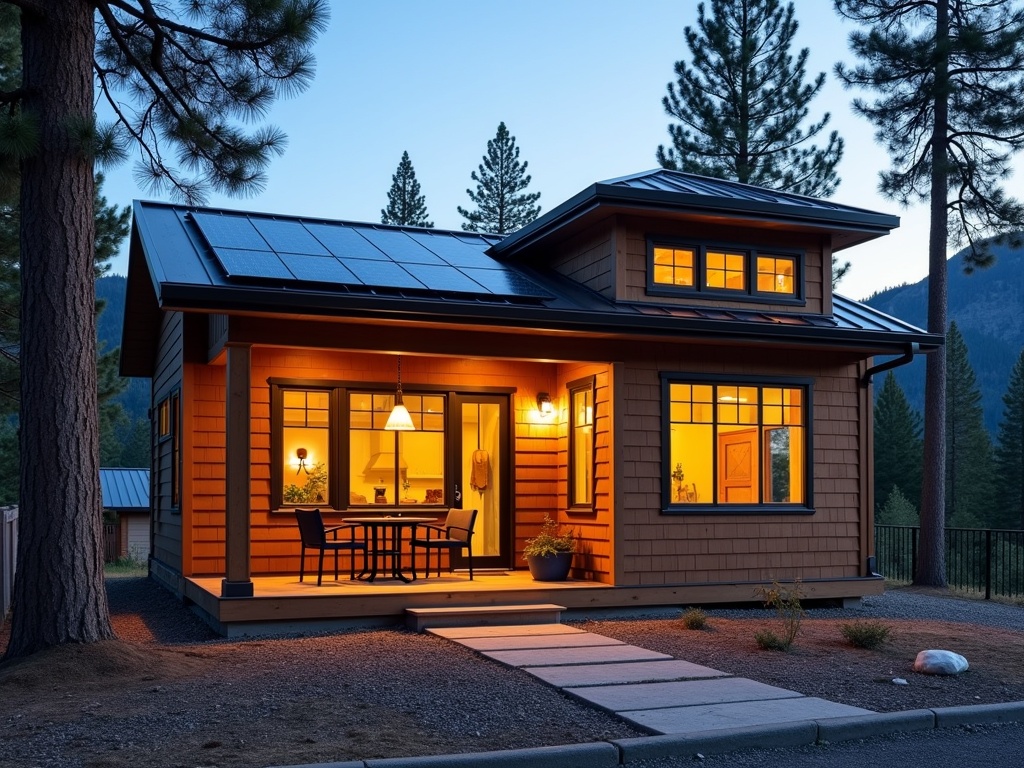
Now contrast that with another homeowner who added a 300-square-foot conservatory off their dining room—beautiful but hard to heat and not very functional. It looked great… but brought next to zero return.
Bottom line: Build what you’d want as a buyer.
Design Cohesion = Value Protection
Every time we start working on a custom addition, we ask clients this:
“Does this feel like part of your home—or a bolt-on box?”
Because buyers spot the difference fast.
Tips we always use to create blend, not break:
- Match rooflines and siding exactly when attaching
- Use similar interior finishes—flooring, millwork, door styles
- Think window placement and natural light connectivity
- For detached builds, tie in landscaping, fencing, and lighting
A $200k master suite feels like $400k if it looks like it was always there.
A $100k ADU looks like $50k if it clashes with every other home element on site.
If you’re spending the money, make it count.
Redmond’s Planning Department Isn’t the Enemy—But You Need to Be Strategic
Permits, zoning, and legal compliance aren’t side quests—they’re the main mission.
Unpermitted work won’t show up in your appraisal.
Worse: it can kill a future home sale dead in its tracks.
Redmond’s building authority is pretty clear on where it draws the lines, especially for:
- Setbacks and lot coverage for detached additions
- Sewer and stormwater impact for any structure over 200 square feet
- Height restrictions on 2-story ADUs
- Solar shading impact on neighboring properties
Skip these, and you could be fined or ordered to tear your work down.
We’ve helped dozens of homeowners prepare site plans, submit for land use reviews, and work through complicated zoning overlays—especially in neighborhoods like Canyon Rim Village or on flag lots with tough access points.
Pro tip: Some clients spend 4 months designing their perfect plans… just to find out the building footprint violates city slope stability or utility easements.
Start with permitting guidance, not Pinterest.
Don’t Overbuild Your House Right Out of the Neighborhood
One of the biggest mistakes we see?
Pouring $250,000 into a dream suite addition… on a $420,000 house in a $430,000 neighborhood.
Every area has a price ceiling.
If the highest sale in your subdivision last year was $535,000, and you’re racing toward $650,000 with your additions, appraisers won’t follow you there.
When evaluating addition value, we always ask:
- What are homes with the same number of beds/bath selling for?
- Does the addition type match what buyers are looking for right now?
- Will the local comps support your post-construction price?
Smart builds = upgrades that get you to the top of the market, not light-years past it.
Check out this Addition vs ADU Resale Value Comparison for more insight.
Want Rental Income Without Regret? Here's the ADU Breakdown
A Redmond homeowner recently asked me: “If I build an ADU, how long before it actually pays for itself?”
Short answer: It depends.
But for a fully permitted 1-bed, 1-bath ADU behind your primary home?
We’re talking $275–$325/sq ft range. Let’s say $150,000 build cost.
If you rent it for $1,500/month, that’s $18,000/year in potential gross income.
In 8–10 years, it's paid off—and from there, you’re running positive cash flow.
Plus—bonus—your property now caters to renters, family members, or even aging in-laws.
But only if it’s built, zoned, and permitted correctly.
No shortcuts.
One more tip: Include a separate entrance, mailbox, patio space, and designated parking. Appraisers and renters alike notice the details.
Explore more in the Best Home Additions to Increase Property Value in 2025 guide.
Outdoor Additions Are the Sleeper Hit of 2024
Covered patio. Heated pergola. Open-air dining off the kitchen.
Outdoor rooms are getting high ROI in Central Oregon—and they can often be built faster and cheaper than full interior expansions.
Here’s what we’re building more of lately:
- Four-season garden rooms with insulated glass
- Outdoor kitchen/living combos with overhead fans and gas hookups
- Studio sheds wired for electricity and used for hybrid home offices
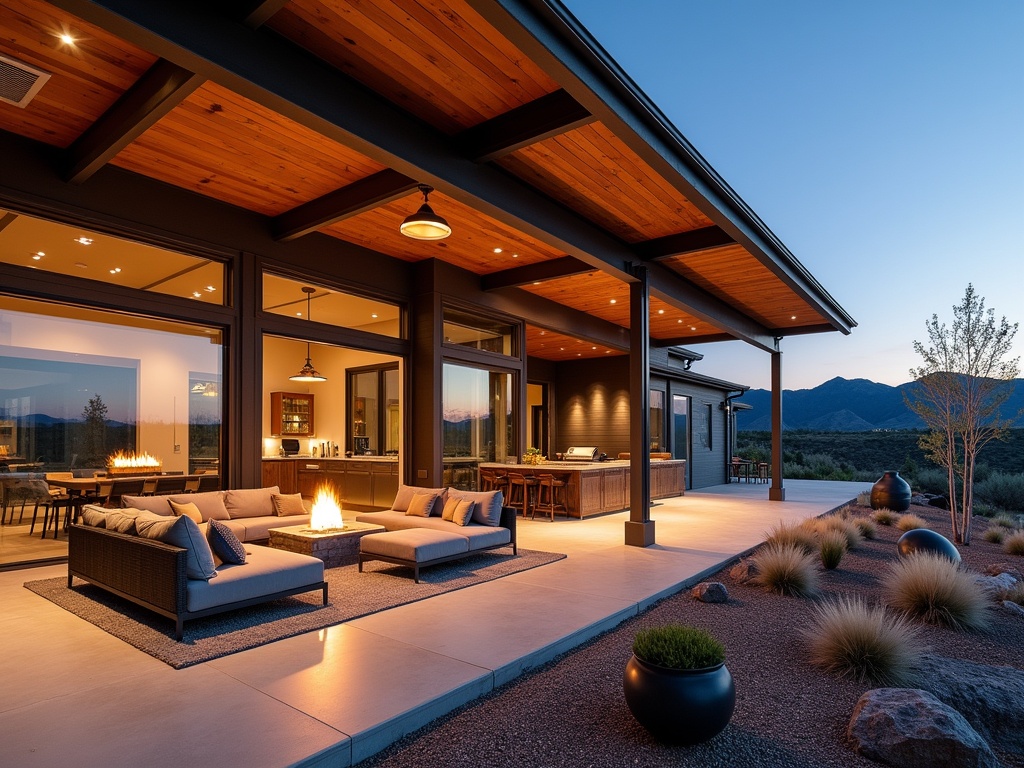
According to a 2024 Flat Fee Realtor report, homes with well-done outdoor living upgrades in Central Oregon are selling for 5–18% more than comparables without.
That’s a return most granite countertops can’t touch.
What’s the Build Process Really Like? (Spoiler: Communication is Everything)
If you want one takeaway from a builder who’s lived through hundreds of projects—it’s this:
Good projects don’t fall apart because of design or price.
They crash from poor planning and miscommunication.
That’s why we offer a true design-build experience.
Everything from feasibility through finish happens in-house, under one roof.
No finger-pointing between designer and builder.
Just one team, working together toward budget-conscious, code-compliant, beautiful outcomes.
When you work with a builder who understands Redmond—from the hillside code zones in Eagle Crest to the tight setbacks in NW Crossing—you avoid a dozen costly mistakes before the slab even goes down.
Don’t wait until you're weeks in to wish you'd hired differently.
Let’s Wrap This Up: What Every Redmond Homeowner Should Know Before Building
To build smart in Redmond, here’s what you need dialed in:
- Know if your goal is lifestyle improvement, rental income, or resale value
- Choose the right type of addition—attached for flow, detached for income
- Understand local building codes, setbacks, and zoning limits before designing
- Don’t cut corners on permitting or quality—you won't like what it costs later
- Match the neighborhood market or stay just below it—never overbuild
- Work with a builder who lives and builds here (because Google doesn’t understand Redmond’s land use overlays)
If you’re thinking about expanding your home—whether it’s a luxury suite, workshop garage, ADU, or outdoor room—we’d love to help you make sure it adds not just space, but real value.
For expert guidance from a full design-build team that specializes in additions, ADUs, and custom home remodeling in Central Oregon, just reach out:
Call us at 541-699-2502 or email matt@dcrnorthwest.com
We’ll help you go from idea to impact—without the guesswork.
Because the secret to a successful Redmond addition?
It’s not just what you build. It’s who you build it with.
Explore more from our portfolio:

